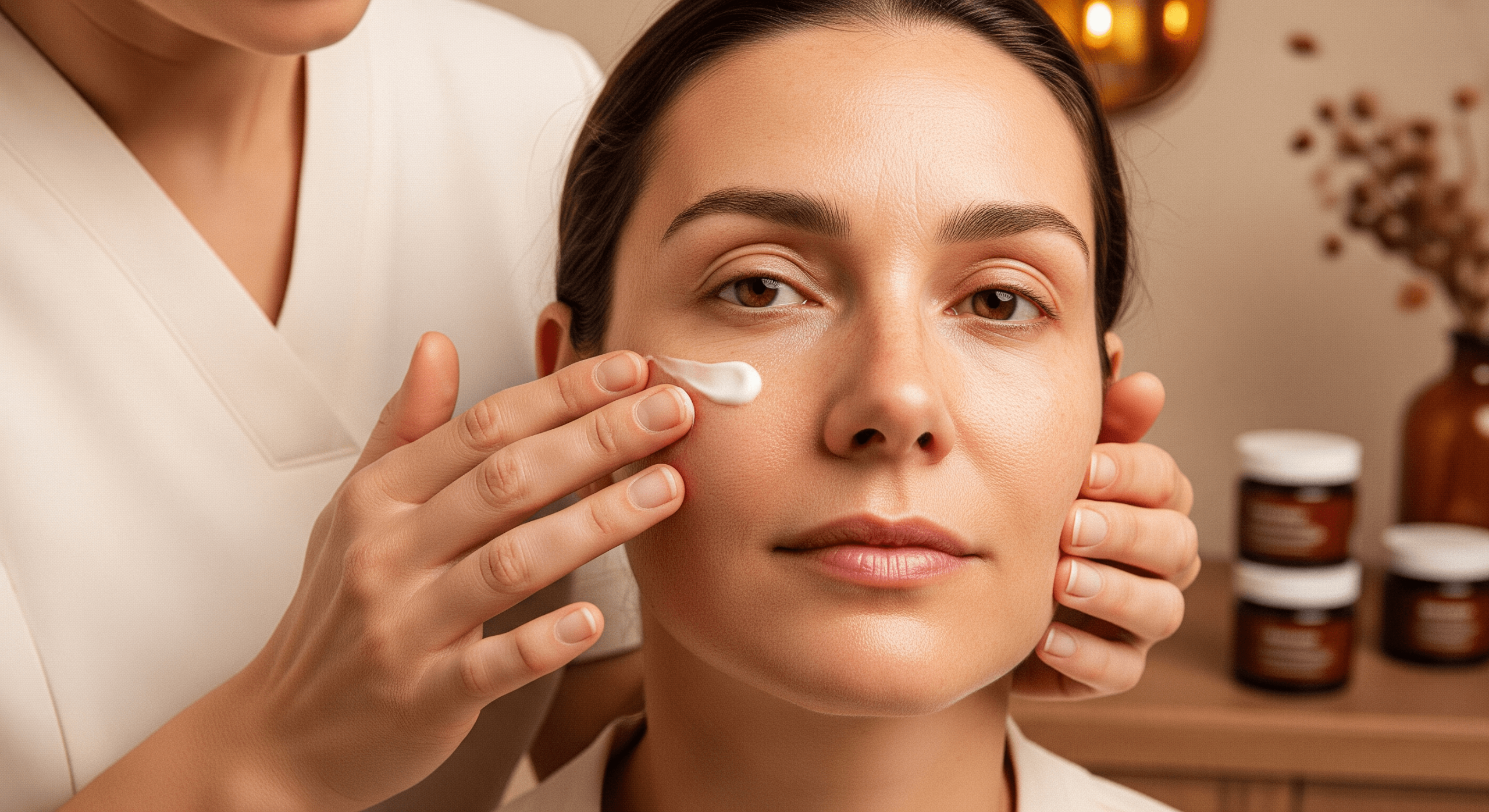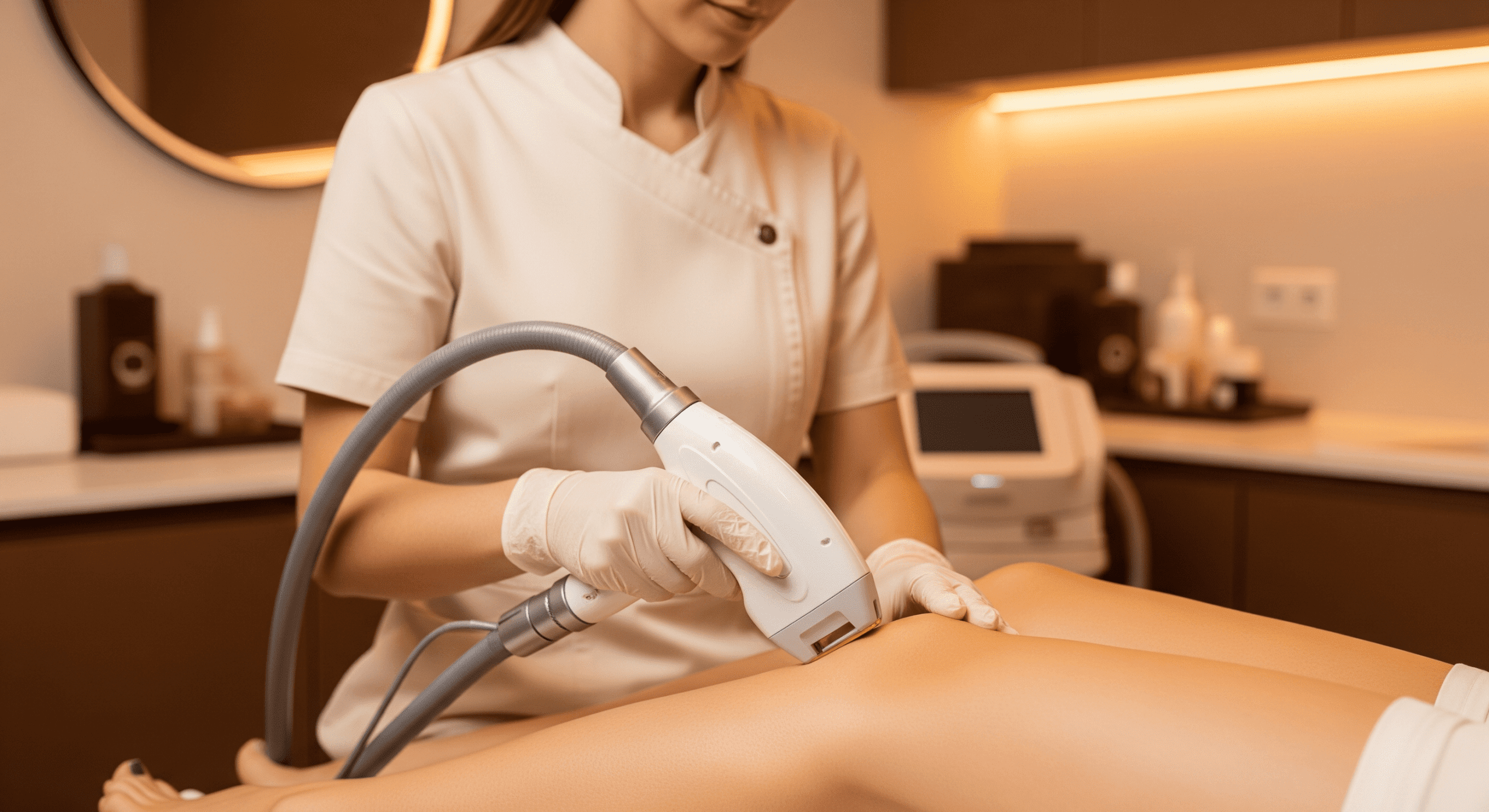Skin is our first line of defense against the environment—literally. While we often focus on skin type or age when choosing skincare products, the environment we live in plays just as big a role. From dry desert air to humid coastal climates, your location’s climate and geography can dictate how your skin behaves—and what it needs.
Understanding the relationship between climate and skincare products can help you make smarter choices for maintaining radiant, healthy skin no matter where you live. At Skin Care Institute in Tulsa, we often advise patients based on seasonal and regional factors. Here’s what you need to know.
Jump to:
TLDR – Quick Guide
- Your environment dramatically influences your skin’s moisture levels, barrier function, and sensitivity.
- Dry climates call for richer moisturizers and hydration-focused products.
- Humid climates require lightweight, non-comedogenic skincare to prevent clogged pores.
- Elevation, pollution, wind, and UV index all affect your skincare needs.
- Tailor your skincare routine to match the demands of your geography and season.
Detailed Breakdown
1. Dry Climates: Focus on Hydration and Repair
If you live in arid or desert environments, your skin is under constant pressure from low humidity. This results in transepidermal water loss, leading to dry, flaky, and irritated skin. Rich moisturizers containing hyaluronic acid, ceramides, and squalane are essential.
Pro Tip: Consider layering hydrating serums under occlusive creams to trap moisture. Avoid harsh exfoliants that can strip your already-compromised skin barrier.
2. Humid Climates: Balance Oil and Prevent Clogging
In tropical or humid regions, excess moisture in the air can increase sebum production and cause clogged pores. The wrong product can easily lead to breakouts.
Opt for lightweight, gel-based moisturizers and oil-free sunscreens. Products with salicylic acid or niacinamide can help regulate oil without over-drying.
Pro Tip: Cleanse thoroughly but gently. Excess sweat and pollutants in humid air can accumulate quickly.
3. Cold or Windy Climates: Strengthen the Skin Barrier
Cold, windy regions strip your skin of its natural oils, often leading to chapping, redness, and sensitivity. You’ll need thicker moisturizers and ingredients that repair the skin barrier like peptides, fatty acids, and panthenol.
Pro Tip: Use a humidifier at home to combat indoor heating dryness and always apply SPF—even in snowy or overcast environments.
4. High Altitudes and Sun Exposure: Maximize UV Protection
At higher elevations, the atmosphere is thinner, increasing UV exposure and accelerating photoaging. Even on cloudy days, sun damage accumulates quickly. Antioxidants like vitamin C and ferulic acid pair well with broad-spectrum sunscreens to combat this.
Pro Tip: Reapply sunscreen every two hours when outdoors and consider wearing sun-protective clothing when hiking or skiing.
5. Pollution and Urban Environments: Defend Against Free Radicals
City dwellers face heightened exposure to pollution and particulate matter, which can cause inflammation and premature aging. Skincare with antioxidants, detoxifying ingredients like charcoal or green tea, and barrier-strengthening formulations are key.
Pro Tip: Double cleansing in the evening helps remove pollutants that accumulate throughout the day.
Key Takeaways
- Your skin’s needs vary based on climate and environmental exposure.
- Hydration, oil control, barrier support, and UV protection should be adapted to your surroundings.
- There is no universal skincare routine—tailor yours to your geography for the best results.
- Consult professionals to fine-tune your regimen based on climate, especially if you travel frequently.
FAQs
Why does climate affect my skincare needs?
Different climates impact your skin’s hydration, oil production, and sensitivity levels. Skincare should adapt to these changes to maintain balance and health.
Do I need to change my products with the seasons?
Yes. As temperature and humidity shift, your skin’s behavior changes. Swapping products seasonally helps address evolving concerns.
Can using the wrong products for my climate cause breakouts?
Absolutely. Using heavy creams in humid climates or lightweight gels in dry environments can both cause skin issues.
What if I travel between different climates often?
Keep a climate-specific travel kit. Include a richer moisturizer for drier areas and oil-control products for humid destinations.
Does geography impact aging?
Yes. Sun exposure, pollution, and wind exposure all accelerate aging if your skincare doesn’t include adequate protection and repair.


